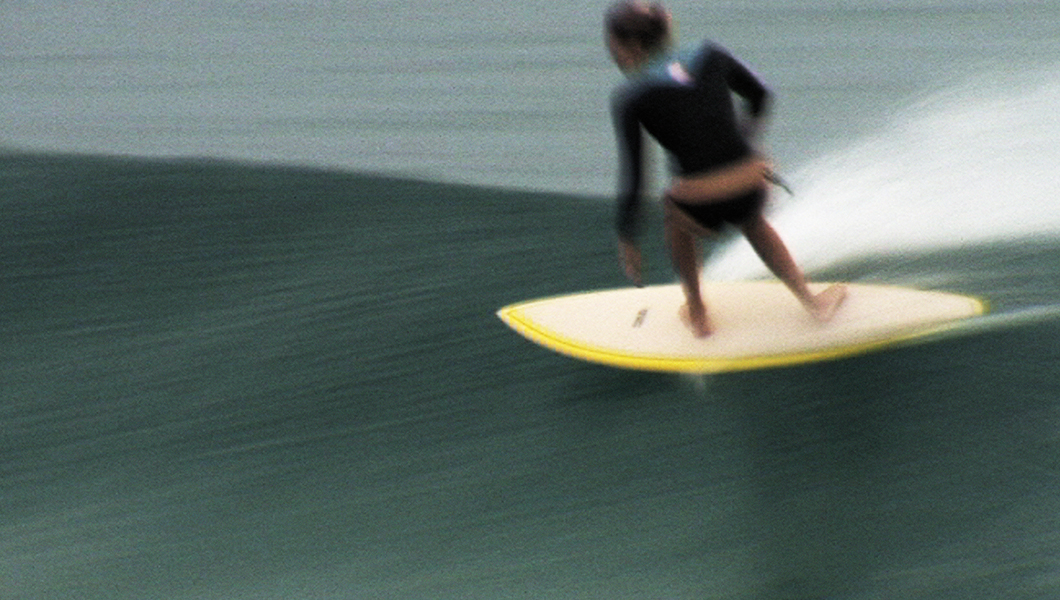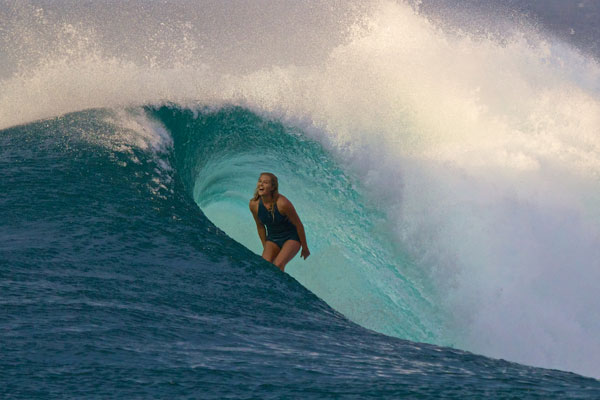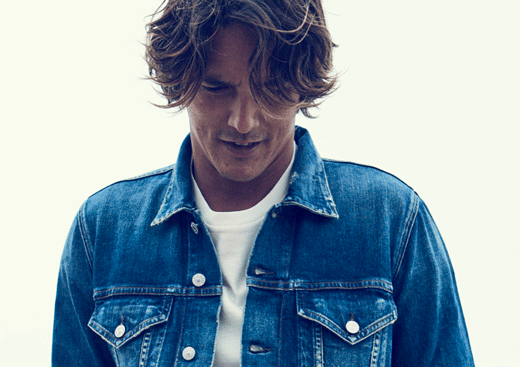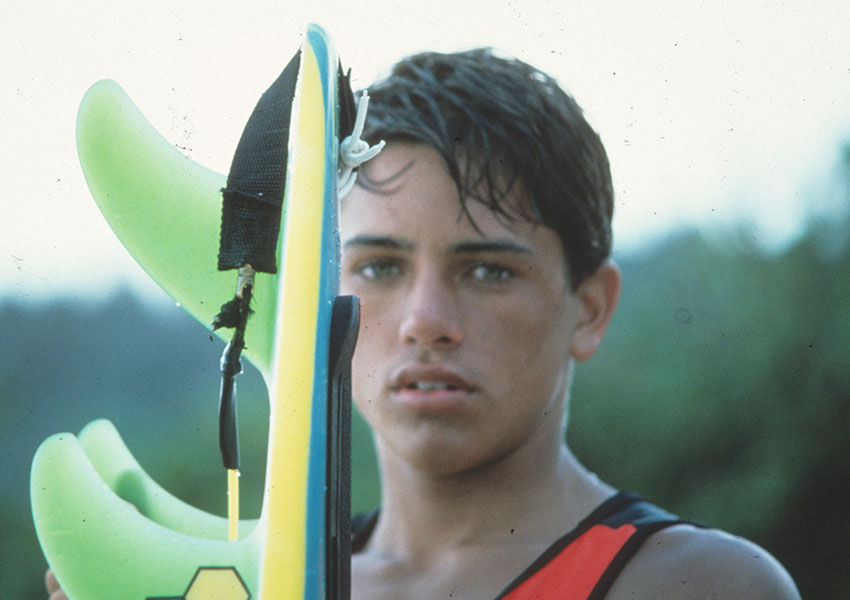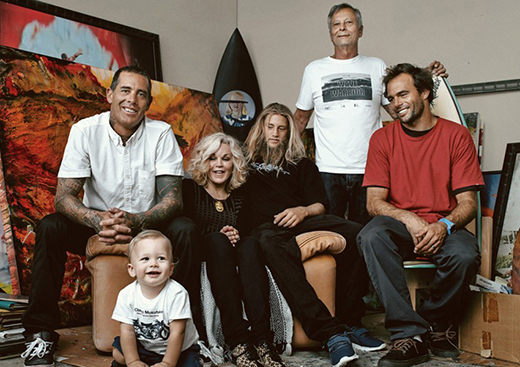Stephanie Gilmore is a six-time world surfing champion; she won her first by entering as a virtual unknown, then taking the greatest title in professional surfing. The 30-year-old world champion is quick to give credit where credit is due—to her coach, who happens to be her father. “As a kid, I had an excellent teacher and surfing role model: my dad. However, my two sisters and I didn’t really have a choice in the matter—we were taken to the beach,” says Gilmore. “He lived and breathed the salt air and the ocean, and because he led by example, I was introduced to it in a fun way rather than, ‘Here’s what to do, you’re going to be a pro.’ ” She was about 7 years old when her first informal surfing lessons started and “really got into it. Some of my best and earliest memories are from paddling myself out and back and pulling my father around,” she says.
Though it started as a hobby, Gilmore says she eventually was overwhelmed by the same surfing passion as her dad. “I played all the other sports—hockey, soccer,” she says. “But surfing just consumed me. It was the first thing I’d think about in the morning and the last thing I thought about when I was going to bed, still covered in sunscreen and saltwater.” At school, she says she was “constantly in fear of missing good waves.” And at 12, she made a decision: “Surfing was what I wanted to do with my life.”
Luckily, growing up on the coast of Australia made that goal a little easier to achieve. “As a teenager, I’d skip school and sneak on the public bus to go surf Snapper Rocks, my favorite wave,” she says. “Nearby, in Coolangatta, was an abundance of world-class surfers.” There, she got even more essential training, in the form of observing her fellow athletes. “When you watch someone surf, you can really notice when they’re actually just feeling it and not forcing things,” she says. “As a kid, I would sometimes try to force maneuvers—my thoughts were just ahead of where my actual body was. Someone once said to me, ‘Hey, you really need to read the wave,’ and from that moment on, I’ve always used that to my advantage,” she says. “Reading the wave is about being ready to adapt—every single wave breaks differently, so I’m changing every split second, reading how fast the wave is breaking and how to fit in certain maneuvers.”
Surfing isn’t just a brute-force movement, says Gilmore, “it’s an art form. It’s not like there’s a specific finish line” she says. “It’s about the way you paint a picture on the wave, and it reflects whatever you’re going through at the time. You can see it in how they’re paddling. You can see when people are a little bit frustrated, or they’ve had a bad day. And you see people just stoked to be out there. The ocean kind of reflects what you’re feeling.”
Technique-wise, Gilmore is often praised for her effortless, elegant style. It’s one she adapted after watching her peers and idols, then finding her own path. “Surfing is definitely a male-dominated industry, and has been for a long time,” she says. “As a young girl, I looked up to both female and male surfers, but mostly to men, because that’s how I was trying to surf. I think that helped make me more of a balanced surfer. I’m not pro-woman or pro-man—I’m just like a creature in the ocean, which is a special thing.”
2018 marks Gilmore’s 11th year on tour with the World Surf League, which can be a mixed blessing. “I get a real kick out of paddling out in front of thousands of people and performing on this stage, the ocean,” she says. “I’m a pretty relaxed and happy person, but realistically, to win these events, you have to be ferocious,” she says. “I have to go into competitions as if I haven’t eaten for months and my opponent is my meal,” she says, before hesitating. “I feel like I’m giving you all my secrets . . .”
She’ll need that fierce spirit even more in about two years. As you may know, surfing was approved as an Olympic sport for the 2020 Tokyo games. Watching it transform from a niche culture to a mainstream event has been, for Gilmore, a fascinating and odd experience. “At first, it was a little scary. The Olympics is a huge platform and surfing is such a spiritual experience; people think it will end the purity of the sport, but I think it’ll shine a light on how wonderful surfing is, and introduce it to an entirely new audience.”
Her father’s influence is undeniable, though his lessons permeated more than just Gilmore’s sports technique. “When I was a kid, I remember dinging up my surfboard on some rocks,” she says. “And I said, ‘Oh no, what am I going to do?!’ I remember him saying, ‘Don’t worry, it’ll make you go faster.’ I’ve never forgotten that. We really do sweat so much small stuff, and I try to appreciate the fact that no matter what, we’re just pieces of dust floating across the Earth. We’re supposed to do what we do well, make a positive impact on others and be on our journey into the next ball of energy, wherever that is.”
—


